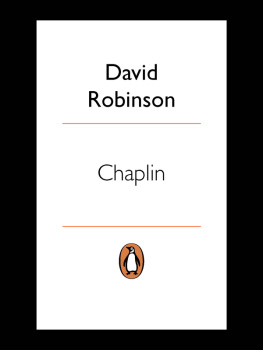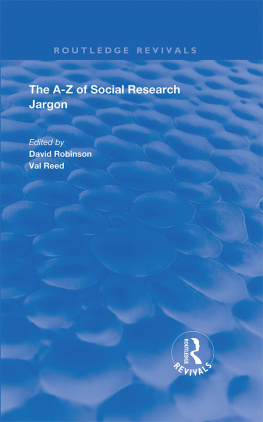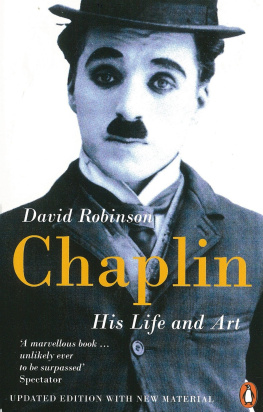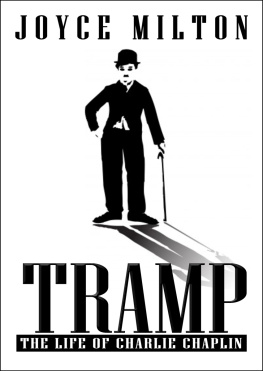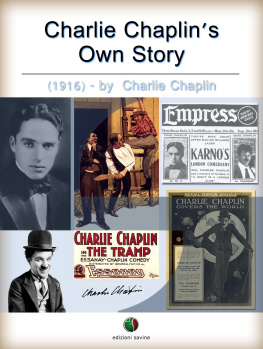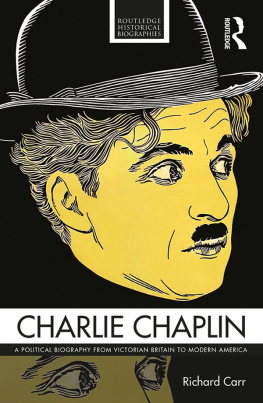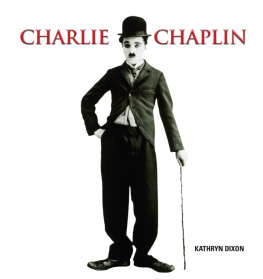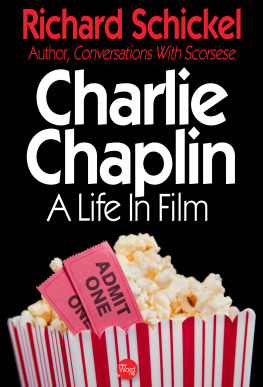Let the conversation begin...
David Robinson is a film critic and historian, specializing in the archaeology of the cinema and the silent film era. He is currently Director of Le Giornate del Cinema Muto (the Pordenone Silent Film Festival) and was previously Director of the Edinburgh International Film Festival. Mr Robinson was for many years film critic for, successively, the Financial Times and The Times. His private collection of pre-cinema apparatus has been featured in exhibitions throughout Europe. Other books include Buster Keaton, The Great Funnies, Hollywood in the Twenties, World Cinema and Peepshow to Palace.
PENGUIN BOOKS
Published by the Penguin Group
Penguin Books Ltd, 80 Strand, London WC2R 0RL , England
Penguin Group (USA) Inc., 375 Hudson Street, New York, New York 10014, USA
Penguin Group (Canada), 90 Eglinton Avenue East, Suite 700, Toronto, Ontario, Canada M4P 2Y3 (a division of Pearson Penguin Canada Inc.)
Penguin Ireland, 25 St Stephens Green, Dublin 2, Ireland (a division of Penguin Books Ltd)
Penguin Group (Australia), 707 Collins Street, Melbourne, Victoria 3008, Australia (a division of Pearson Australia Group Pty Ltd)
Penguin Books India Pvt. Ltd, 11 Community Centre, Panchsheel Park, New Delhi 110 017, India
Penguin Group (NZ), 67 Apollo Drive, Rosedale, Auckland 0632, New Zealand (a division of Pearson New Zealand Ltd)
Penguin Books (South Africa) (Pty) Ltd, Block D, Rosebank Office Park, 181 Jan Smuts Avenue, Parktown North, Gauteng 2193, South Africa
Penguin Books Ltd, Registered Offices: 80 Strand, London WC2R 0RL , England
www.penguin.com
First published in Great Britain by William Collins Sons & Company Ltd, 1985
First published in the USA by McGraw-Hill, 1985
This edition first published 2001
Copyright David Robinson, 1985, 2001
The moral right of the author has been asserted
All rights reserved
ISBN: 978-0-141-97918-2
David Robinson
CHAPLIN
His Life and Art
List of Illustrations
Plates
All photographs unless otherwise specifically acknowledged are the copyright of the Roy Export Company Establishment.
Line illustrations
Preface
This started out, eighteen years ago, as a long book, and is now even longer. For an author who cherishes brevity, this is a matter of concern; but in Chaplins case discursiveness seems justified. An artist of universal stature has left uniquely and against all his intentions an extensive, detailed record of the life and the working processes that resulted in his creation. It would, then, seem irresponsible to curtail this record, or to shirk the opportunity to make it available to future researchers.
Since the book first appeared, new information has come to light, new recollections have been published, and old errors and misunderstandings have been exposed. This edition includes, for instance, fresh information on Hetty Kelly and on Chaplins 1925 fling with the legendary Louise Brooks; and the FBI records which only became available as the original edition went to press are now examined in more detail and incorporated into the body of the book. The smaller additions and amendments are too numerous to mention. The filmography has been improved in the light of recent research. New pictures have become available. The numerous friends who have contributed to extended knowledge of Chaplin are thanked in the Acknowledgements.
An unexpected source of insight into Chaplin and his times was the opportunity to work on Richard Attenboroughs biographical film, Chaplin, which was in part based on this book. The extraordinary dedication of Attenborough and his designer Stuart Craig to recreating the physical world in which Chaplins films were made offered many revelations. The accuracy of their effort was attested when William James who, as Little Billy Jacobs, had been the child star of Keystone in 1913, the year before Chaplin arrived there visited the set of Mack Sennetts studio which, in the absence of documentary evidence, Craig had reinvented. It is just as I remember it! Mr James exclaimed. It is given to a few people to have their memories realized.
I hope that in its own way the new edition of this book is the realization of Chaplins own memories of creation; and that readers will enjoy sharing them.
David Robinson
Bath, July 2001
Preface to the First Edition
The world is not composed of heroes and villains, but of men and women with all the passions that God has given them.
The ignorant condemn, but the wise pity.
Charles Chaplin, prefatory title to A Woman of Paris, 1923
Those big shoes are buttoned with 50,000,000 eyes.
Gene Morgan, Chicago newsman, 1915
Charles Chaplins autobiography appeared in 1964. He was then seventy-five years old. The book ran to more than five hundred pages and represented a prodigious feat of memory, for it was in large part done without reference to documentary sources. At the time, indeed, the feat seemed too prodigious to some reviewers, who were incredulous that anyone could remember in such detail events that had taken place a long lifetime before.
Since Chaplins death, I have had the privilege of examining the great mass of his working papers some of them unseen for more than half a century. In the public archives of London and in old theatrical records I have been able to uncover many long-forgotten traces of the young Chaplin and his family. In addition, a number of people in England and America have generously shared their memories and papers.
Sifting the mass of documentation has only served to heighten regard for the powers of Chaplins memory and the honesty of his record. An instance of the kind of detail which is constantly corroborated by the archives is the recollection, from his thirteenth year, that when his brother first went to sea he sent home thirty-five shillings from his pay packet: Sydney Chaplins seamans papers which were not available to Chaplin when he wrote exactly confirm the sum. Even small inaccuracies attest to his memory rather than discredit it. He remembers a childhood ogre, one of his schoolmasters, as Captain Hindrum, an old vaudeville friend of his mothers as Dashing Eva Lestocq and the friendly stage manager at the Duke of Yorks Theatre as Mr Postant. In fact their names turn out to have been Hindom, Dashing Eva Lester and William Postance. Chaplin probably never saw any of the names written down, and no doubt he recalled them simply as he heard them as a child. In themselves, the slips clearly show that Chaplins record is the result of a phenomenal memory rather than the product of

